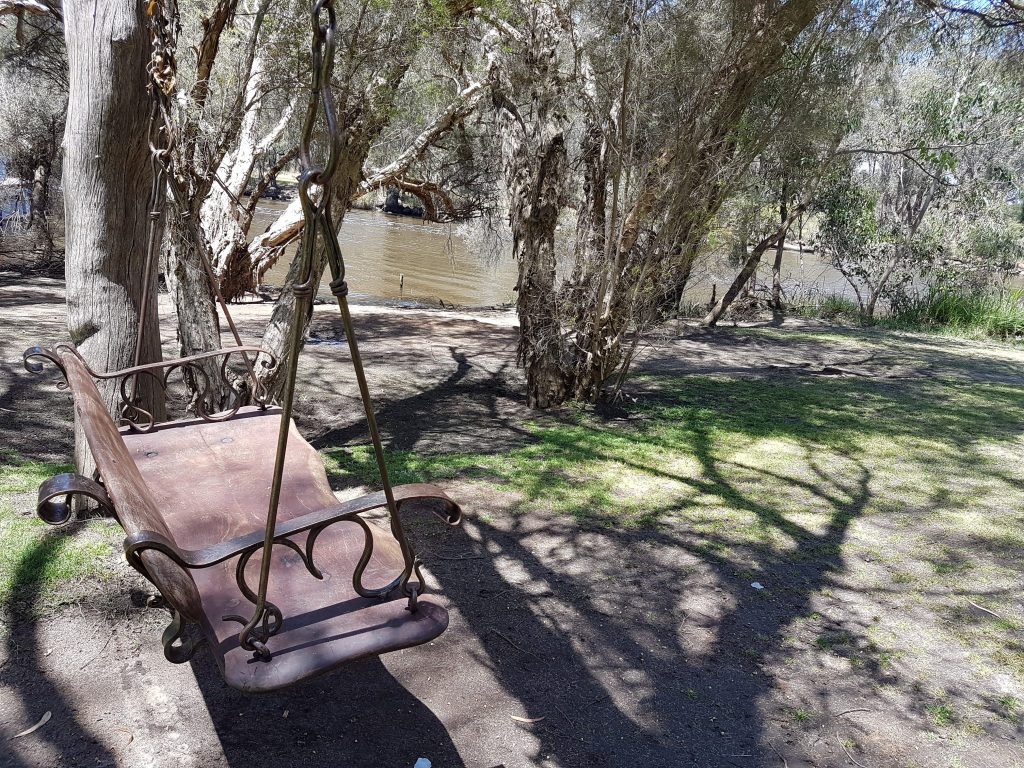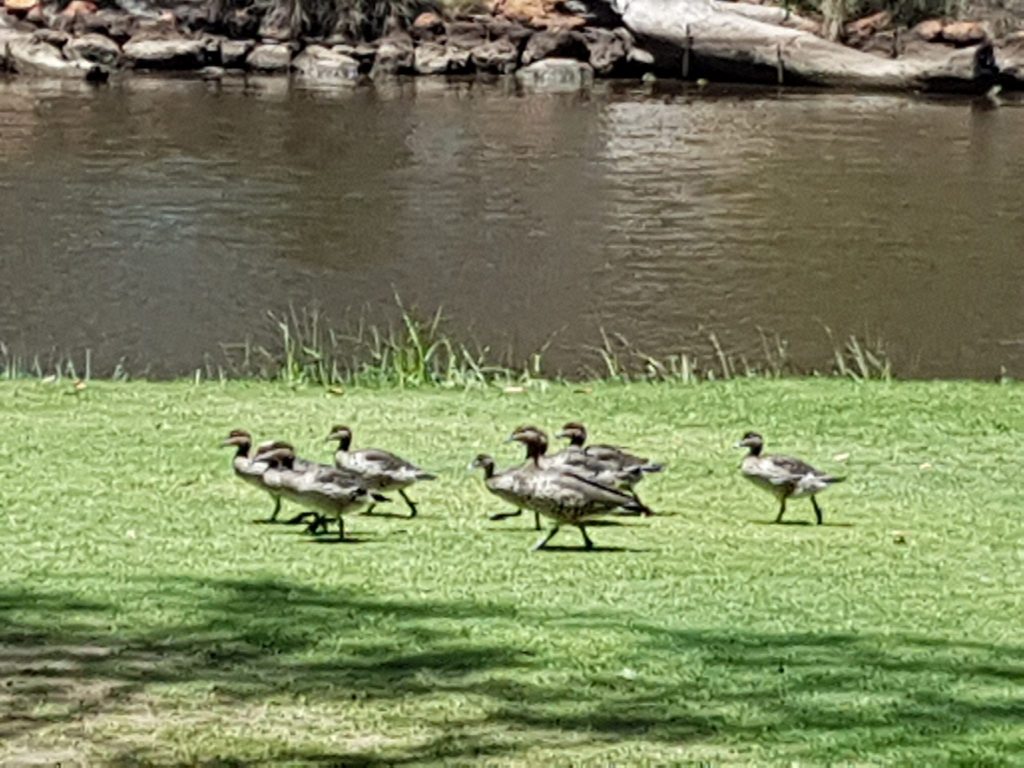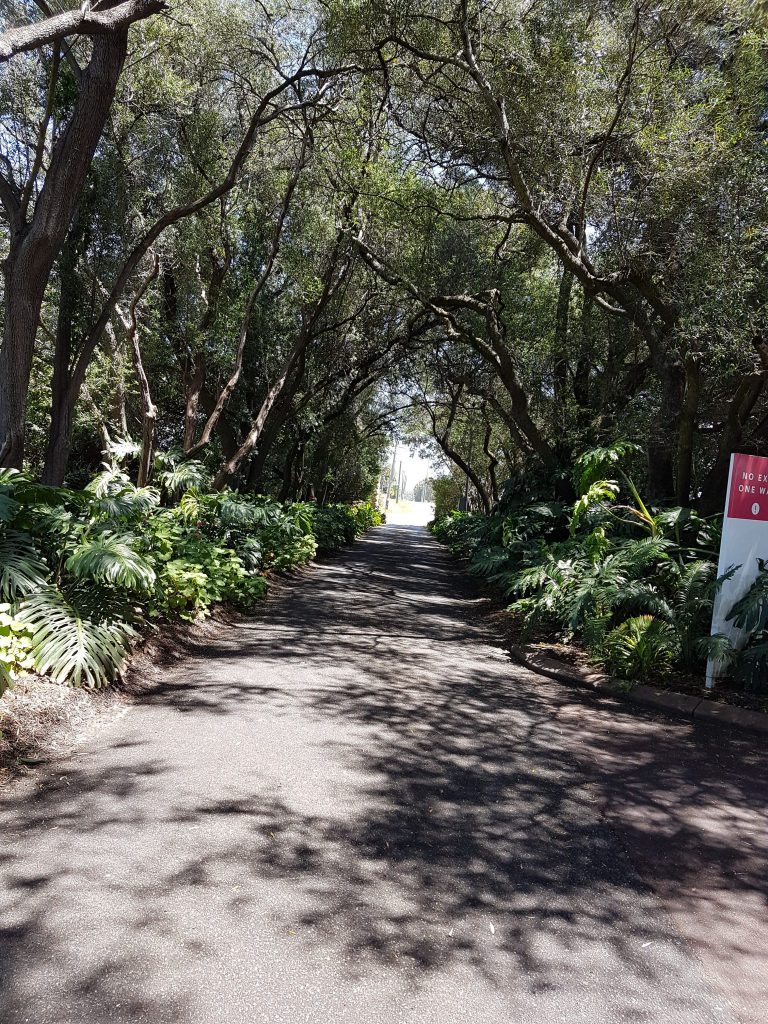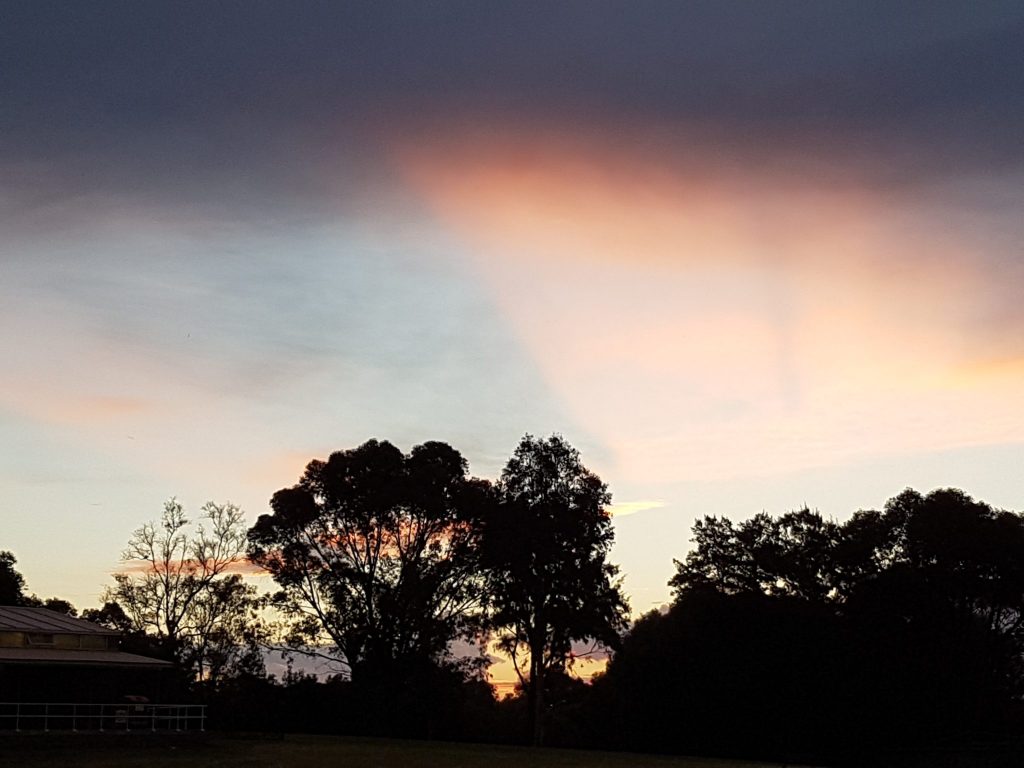“She be right mate”

“She be right mate” the iconic Australian reference to our capacity to be resilient to rise to the challenges with a larrikins optimism and confidence.
Resilience is defined in the Oxford dictionary as the capacity to recover quickly from difficulties, toughness, the ability of a substance or object to spring back into shape.
We maybe in Spring but how is our capacity to spring back?
Dr. Billie Hunter’s presentation on her research on resilience and the emotional work of midwives lead me to ponder in this blog.
Surface Acting

Surface acting is what we do in a situation where we cannot show our emotions. I remember a mentor speaking of leaving behind her home life to be 100% present to patients. A skill I grasped and practiced, practiced – now I too could be up for an Oscar award.
I squirm with discomfort as I acknowledge that surface acting extends beyond work in times of stress such as family illness. Is this where professionalism slowly chokes authenticity if I don’t be brave in sharing my feelings? Emotions are bound by social mores contributing to when feelings are displayed or managed. For our well being concealing masks need to be dropped to show how we feel.
They can. Why cannot you?

Resilience is the catch cry of our society and an expectation that must be meet. But what if you are having a bad day? That one day where you are living in Struggle town and dyscopia has taken residence. This is not the day to compare yourself. Being “alright mate” all the time is unrealistic and unattainable.
The ability to be self aware was a key finding in Dr Hunters research. Accepting and allowing our unique perspective is part of this awareness. Journalling and debriefing are examples of how self awareness is fostered.
Counter forces to self awareness include staff room judgement and a harsher internal critic.
Resilient Repertoire
 Billy Hunter presented this resilient repertoire as a guide for resilience:
Billy Hunter presented this resilient repertoire as a guide for resilience:
- Gain perspective through reflection;
- Seek and offer support;
- Find positive mood changers that work for you;
- Keep a sense of balance;
- Appreciate your strengths, abilities and limitations. Anticipate stress;
- Avoid unreasonable self expectations. Look after yourself;
- Value the work you do;
- Control what you can and accept what you cannot.
Ilze Jaimberzim coined bouyancy as alternative term to resilience as she described developing a proactive response to resolving work stress and conflict.
Institutions Responses

I really appreciate how Billy Hunter raised the issue that institutions need to look at why staff are having to be resilient for example: staff / patient ratios.
It is simplistic to state that the worker needs to “pull up her/ his socks toughen up, be resilient” creating a power play of worker victim / institution judge. There are budgets and outcomes to meet but this is not possible when low morale leads to staff absentism or presentism.
Staff feedback to employers records conditions and makes problems visible therefore the elephant in the building is named and can not be hidden.
We will be alright

I get a great sense of satisfaction and pride when I see staff pulling together to work with families in adverse situations to make the best possible outcome. Some days this is miraculous I acknowledge everyone is giving their best to make life better for a patient.
Resilience or buoyancy grows when you take a moment to sense what learning came from a challenging situation. The learning is self awareness and constructive dialogues with staff members for together we can make it alright.
Reference and resources
Hunter, B. & Warren, L (2015) Caring for ourselves: the key to resilience. In Byron S Downe S (eds) The Roar behind the silence. Pinter and Martin p 111 -115
https://www.healthdirect.gov.au/resilience
Ilze Jaimberzim found in https://www.midwives.org.au/news/seven-ways-introduce-buoyancy-your-life
Bernshaw, Kaye. Being resilient in the face of outer conditions [online]. Australian Midwifery News, Vol. 17, No. 1, Mar 2017: 18-19. Availability: <http://search.informit.com.au/documentSummary;dn=730410917081375;res=IELHEA> ISSN: 1446-5612. [cited 12 Nov 17]
Leave a Reply